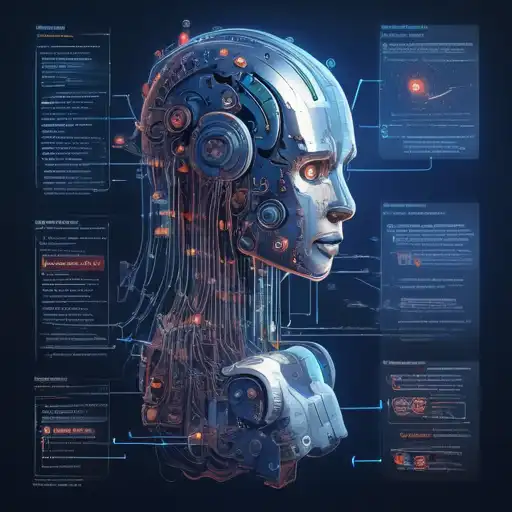Introduction to Machine Learning Algorithms
Machine learning algorithms are the backbone of artificial intelligence, enabling computers to learn from data and make decisions with minimal human intervention. This guide is designed to demystify these algorithms for beginners, providing a clear understanding of how they work and where they can be applied.
What Are Machine Learning Algorithms?
At their core, machine learning algorithms are mathematical models that allow computers to learn patterns from data. These algorithms can be broadly classified into three categories: supervised learning, unsupervised learning, and reinforcement learning.
Supervised Learning Algorithms
Supervised learning algorithms learn from labeled training data, making predictions or decisions based on that data. Examples include:
- Linear Regression
- Logistic Regression
- Support Vector Machines (SVM)
- Decision Trees
These algorithms are widely used in applications like spam detection and image recognition.
Unsupervised Learning Algorithms
Unsupervised learning algorithms, on the other hand, work with unlabeled data. They try to find hidden patterns or intrinsic structures in input data. Common examples include:
- K-Means Clustering
- Principal Component Analysis (PCA)
- Association Rules
These algorithms are often used in market basket analysis and customer segmentation.
Reinforcement Learning Algorithms
Reinforcement learning algorithms learn by interacting with an environment, using feedback from their own actions and experiences. Notable examples include:
- Q-Learning
- Deep Q Network (DQN)
These algorithms power many advancements in robotics and game playing AI.
Choosing the Right Algorithm
Selecting the appropriate machine learning algorithm depends on the problem at hand, the nature of the data, and the desired outcome. Beginners should start with simpler algorithms like linear regression or k-means clustering before moving on to more complex models.
Conclusion
Machine learning algorithms are a fascinating area of study with vast applications across industries. By understanding the basics of these algorithms, beginners can take their first steps into the world of artificial intelligence and data science. For those interested in diving deeper, exploring our resources page can provide additional learning materials.
